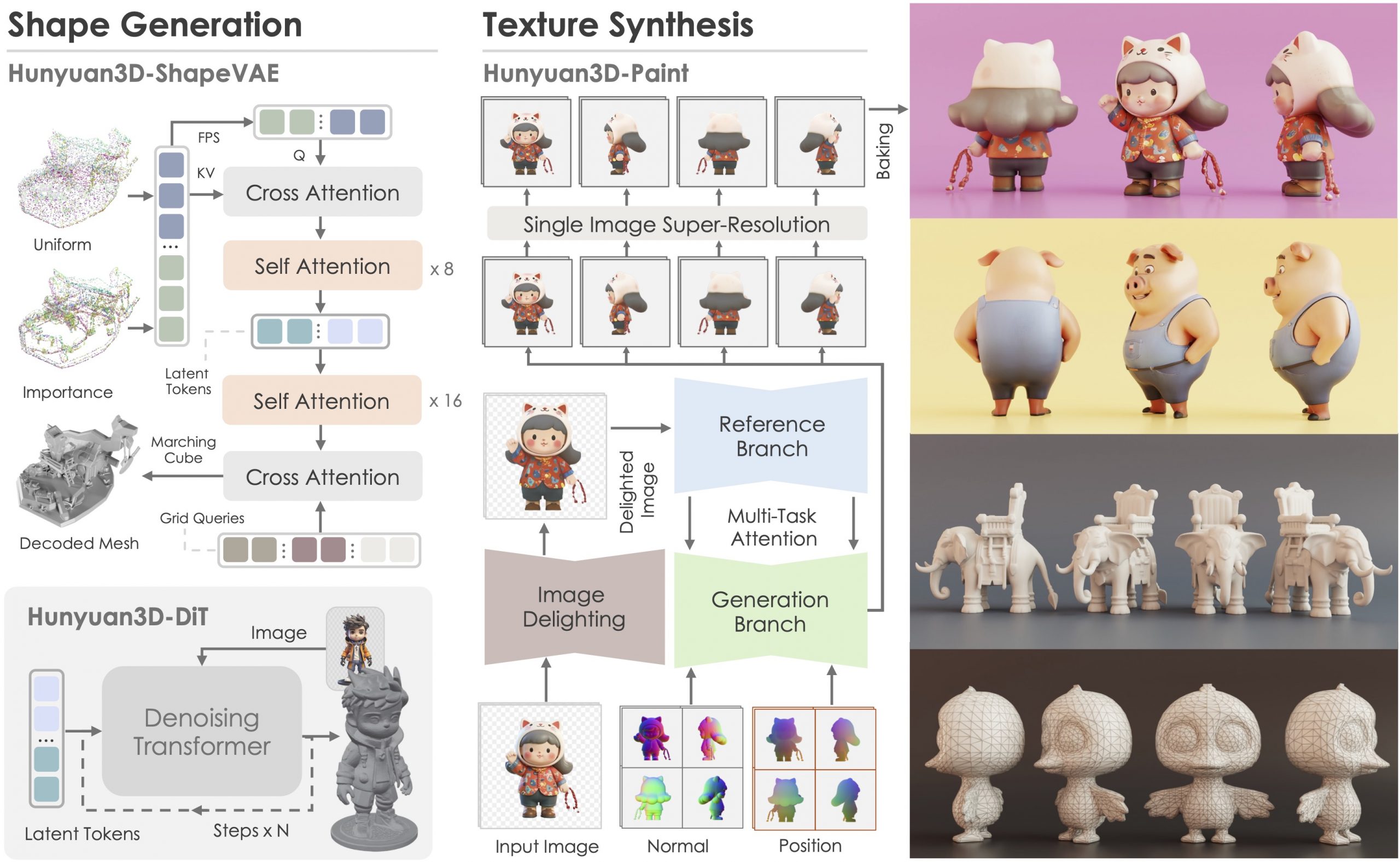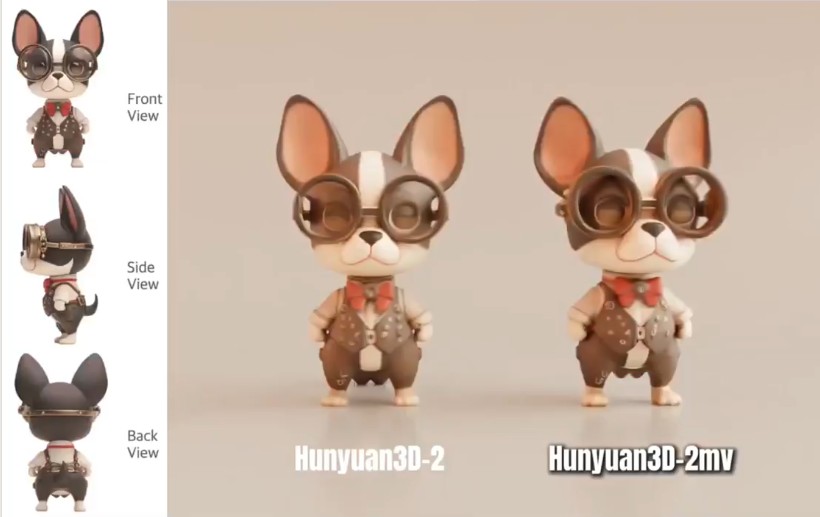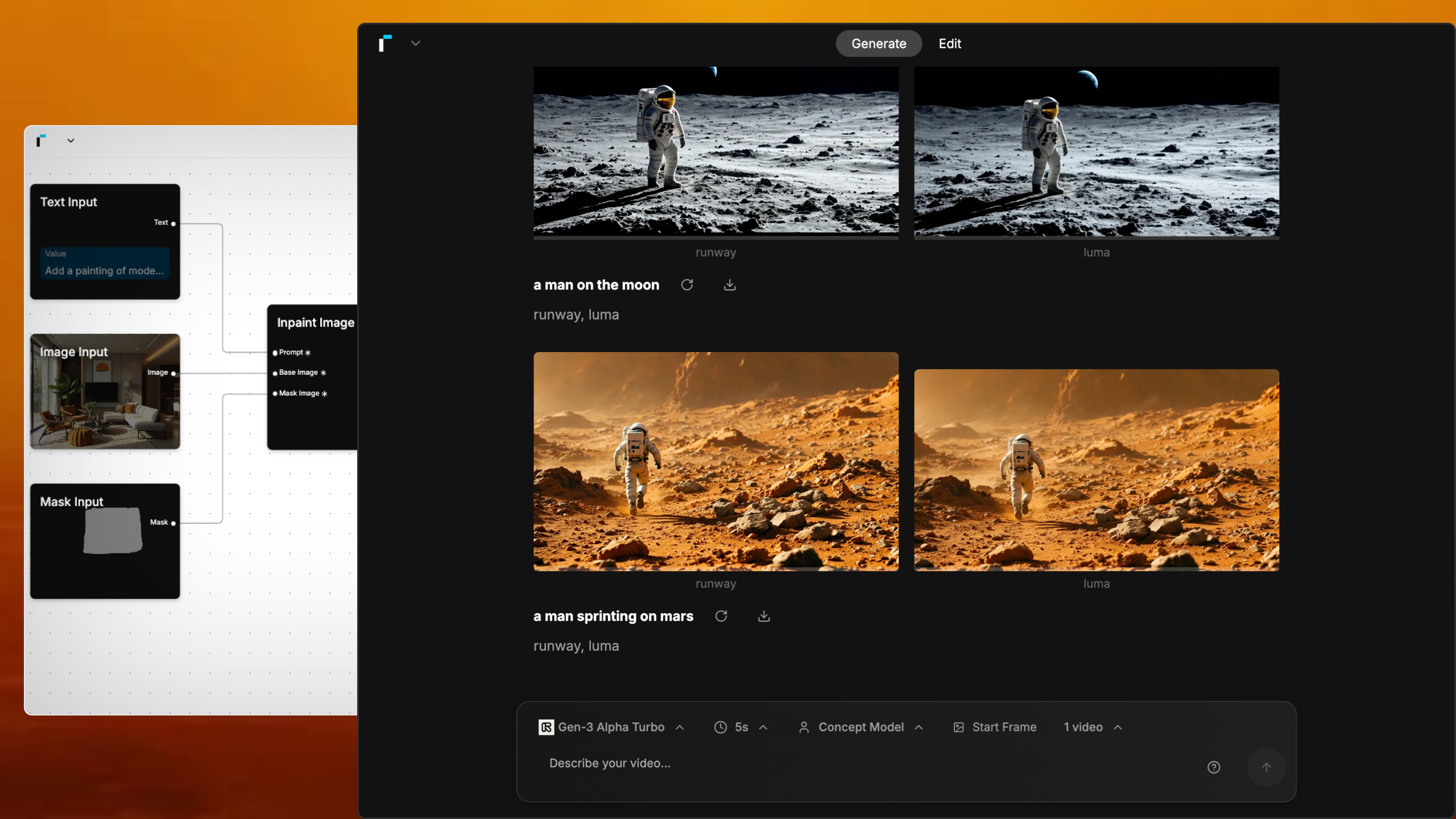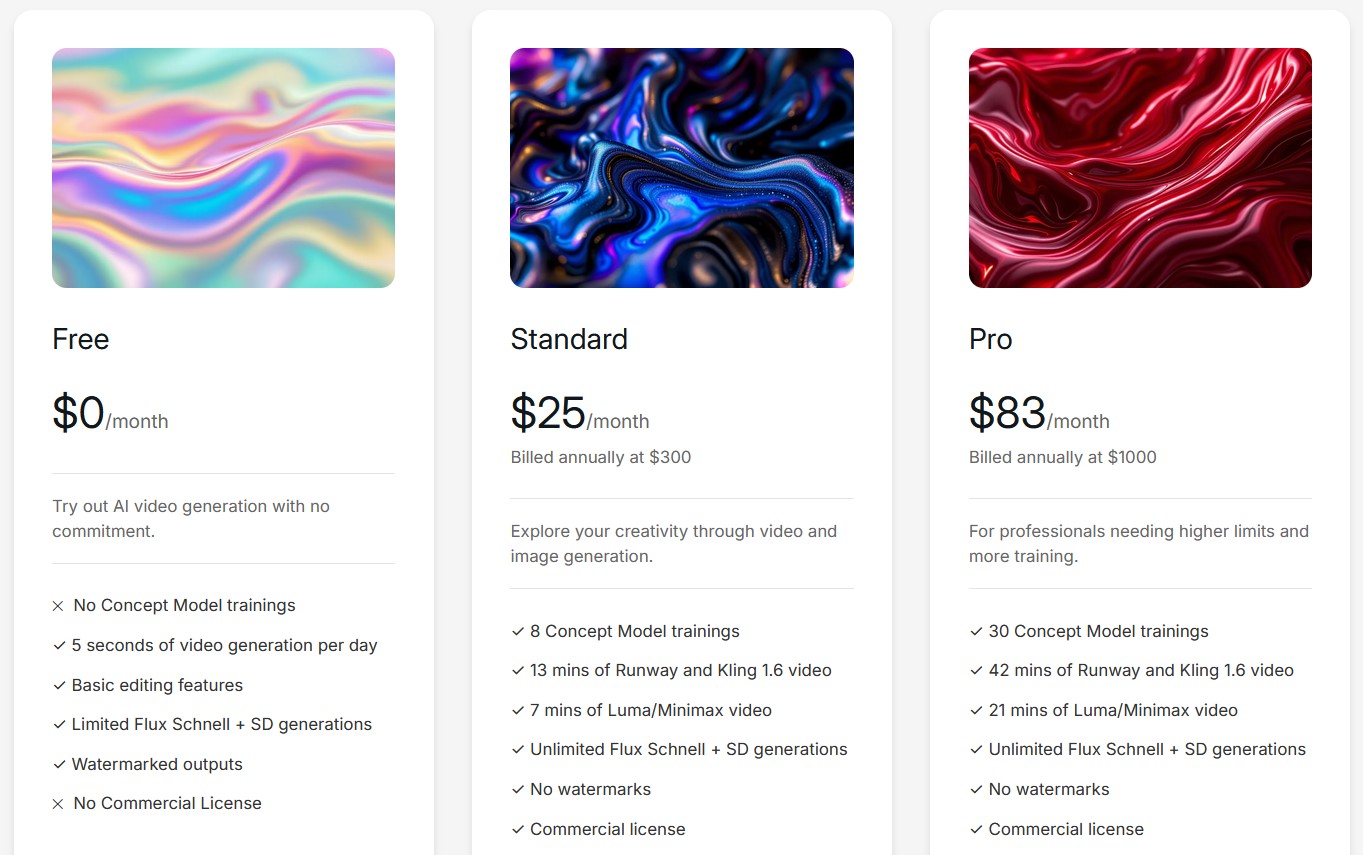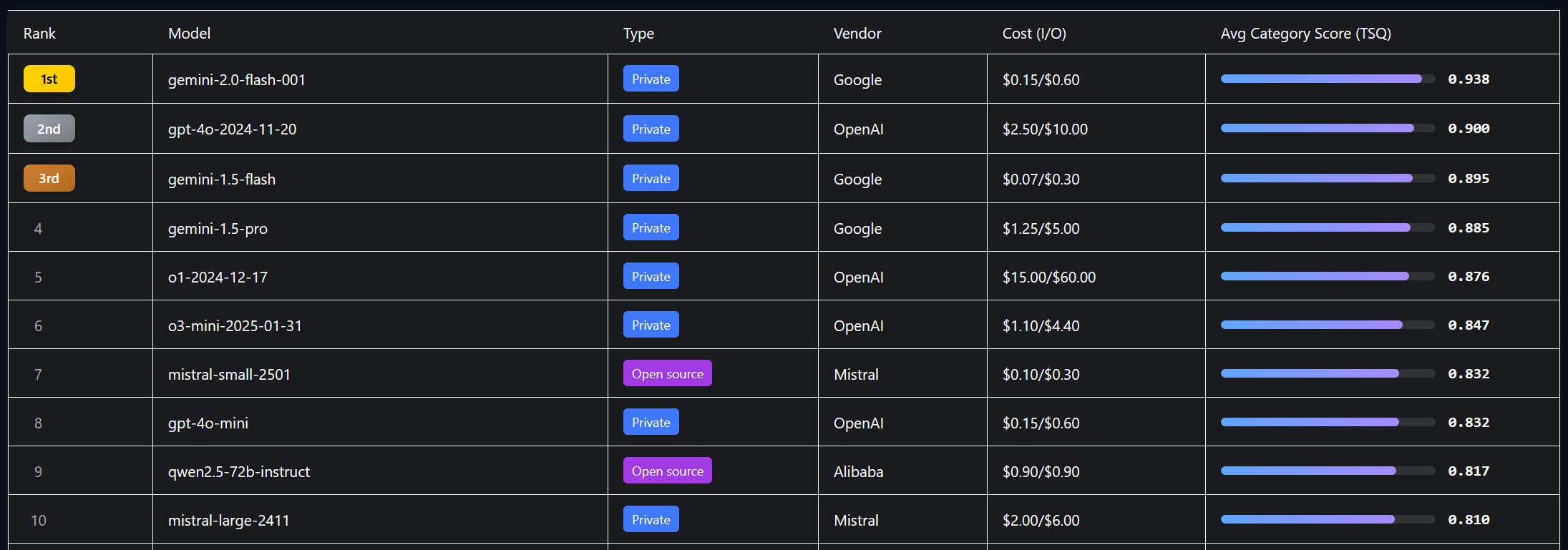BREAKING NEWS
LATEST POSTS
-
The VFX Reference Platform
The VFX Reference Platform is a set of tool and library versions to be used as a common target platform for building software for the VFX industry. Its purpose is to minimise incompatibilities between different software packages, ease the support burden for integrated pipelines and encourage further adoption of Linux by both studios and software vendors. The Reference Platform is updated annually by a group of software vendors in collaboration with the Visual Effects Society Technology Committee.
Each annual reference platform is designated by the calendar year in which major product releases should be targeting that particular reference.
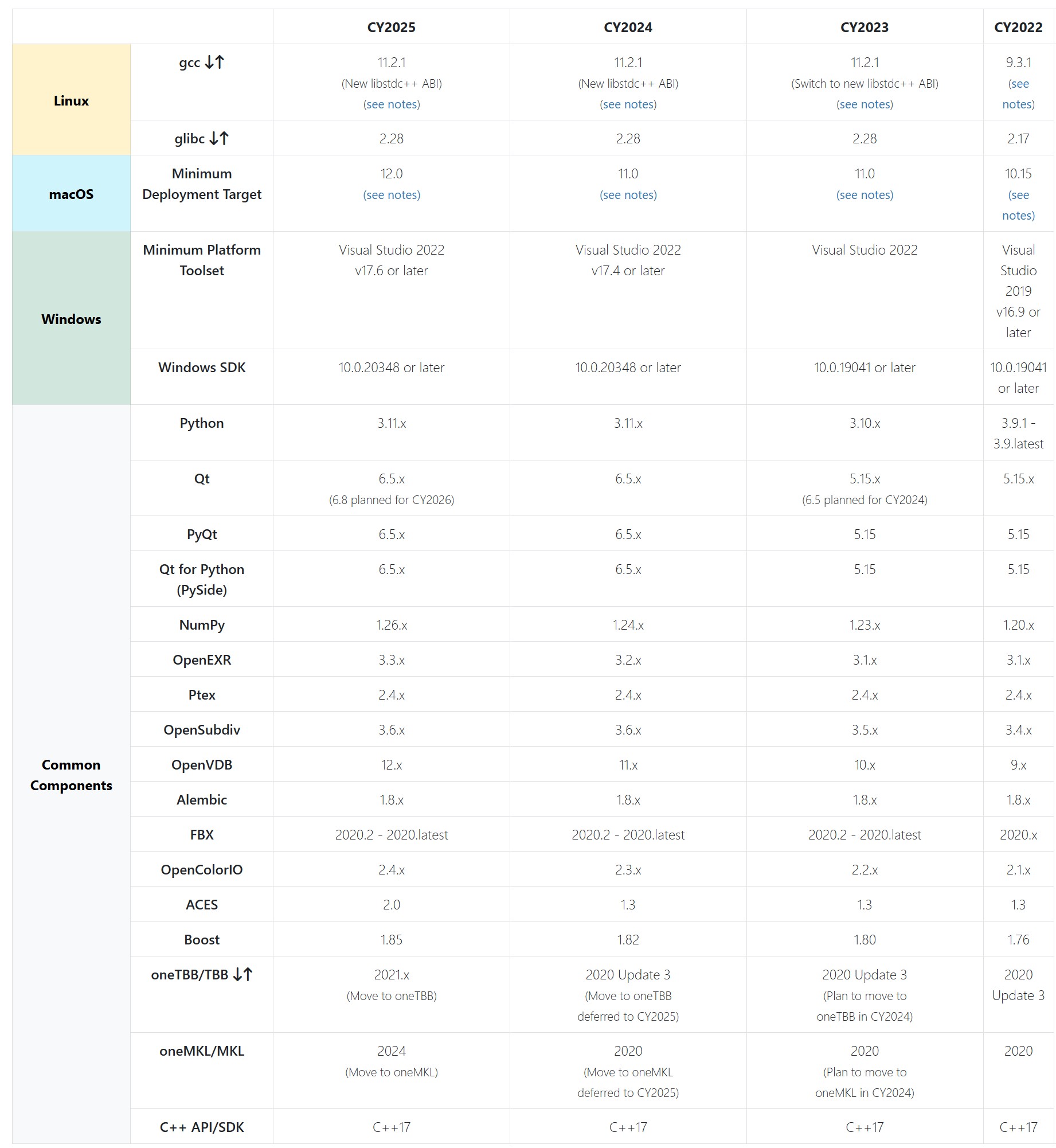
-
Deep Compositing in Nuke – a walkthrough
Depth Map: A depth map is a representation of the distance or depth information for each pixel in a scene. It is typically a two-dimensional array where each pixel contains a value that represents the distance from the camera to the corresponding point in the scene. The depth values are usually represented in metric units, such as meters. A depth map provides a continuous representation of the scene’s depth information.
For example, in Arnold this is achieved through a Z AOV, this collects depth of the shading points as seen from the camera.
(more…)
https://help.autodesk.com/view/ARNOL/ENU/?guid=arnold_user_guide_ac_output_aovs_ac_aovs_html
https://help.autodesk.com/view/ARNOL/ENU/?guid=arnold_for_3ds_max_ax_aov_tutorials_ax_zdepth_aov_html -
VFX Giant MPC and Parent Company Technicolor Shut Down Amid ‘Severe Financial Challenges
https://variety.com/2025/film/global/technicolor-vfx-mpc-shutter-severe-challenges-1236316354
Shaun Severi, Head of Creative Production at the Mill, claimed in a LinkedIn post that 4,500 had lost their jobs in 24 hours: “The problem wasn’t talent or execution — it was mismanagement at the highest levels…the incompetence at the top was nothing short of disastrous.”
According to Severi, successive company presidents “buried the company under massive debt by acquiring VFX Studios…the second president, after a disastrous merger of the post houses, took us public, artificially inflating the company’s value — only for it to come crashing down when the real numbers were revealed….and the third and final president, who came from a car rental company, had no vision of what she was building, selling or managing.”
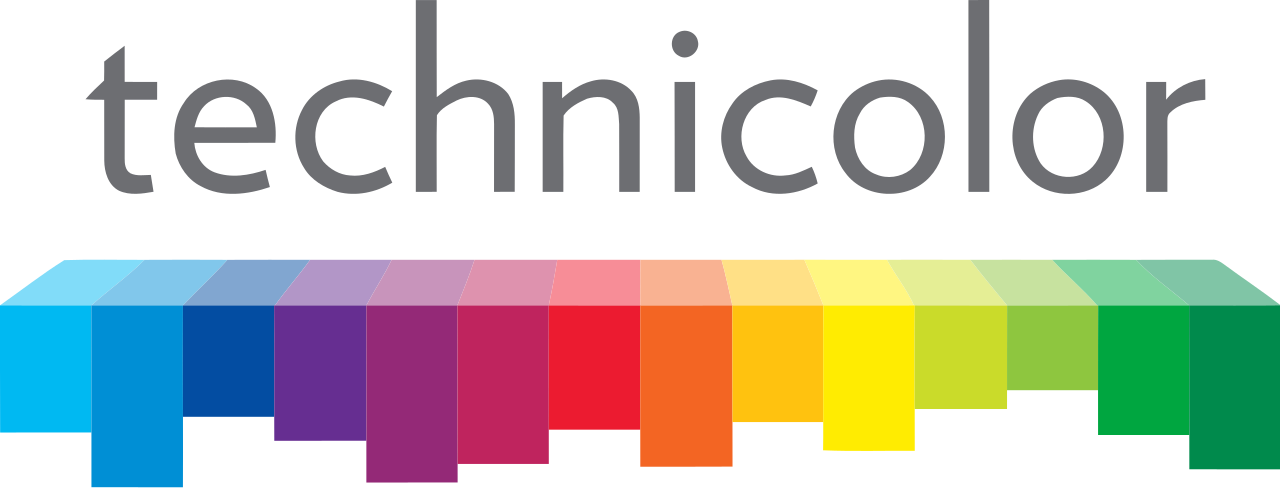
-
Moondream Gaze Detection – Open source code
This is convenient for captioning videos, understanding social dynamics, and for specific cases such as sports analytics, or detecting when drivers or operators are distracted.
https://huggingface.co/spaces/moondream/gaze-demo
https://moondream.ai/blog/announcing-gaze-detection
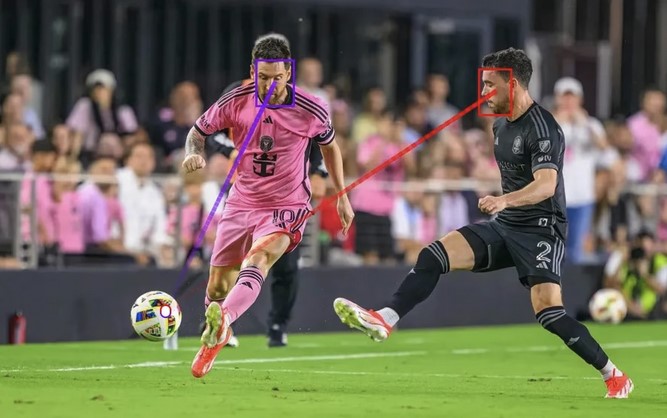
-
X-Dyna – Expressive Dynamic Human Image Animation
https://x-dyna.github.io/xdyna.github.io
A novel zero-shot, diffusion-based pipeline for animating a single human image using facial expressions and body movements derived from a driving video, that generates realistic, context-aware dynamics for both the subject and the surrounding environment.

-
Flex 1 Alpha – a pre-trained base 8 billion parameter rectified flow transformer
https://huggingface.co/ostris/Flex.1-alpha
Flex.1 started as the FLUX.1-schnell-training-adapter to make training LoRAs on FLUX.1-schnell possible.

-
Generative Detail Enhancement for Physically Based Materials
https://arxiv.org/html/2502.13994v1
https://arxiv.org/pdf/2502.13994
A tool for enhancing the detail of physically based materials using an off-the-shelf diffusion model and inverse rendering.

-
Camera Metadata Toolkit (camdkit) for Virtual Production
https://github.com/SMPTE/ris-osvp-metadata-camdkit
Today
camdkitsupports mapping (or importing, if you will) of metadata from five popular digital cinema cameras into a canonical form; it also supports a mapping of the metadata defined in the F4 protocol used by tracking system components from Mo-Sys.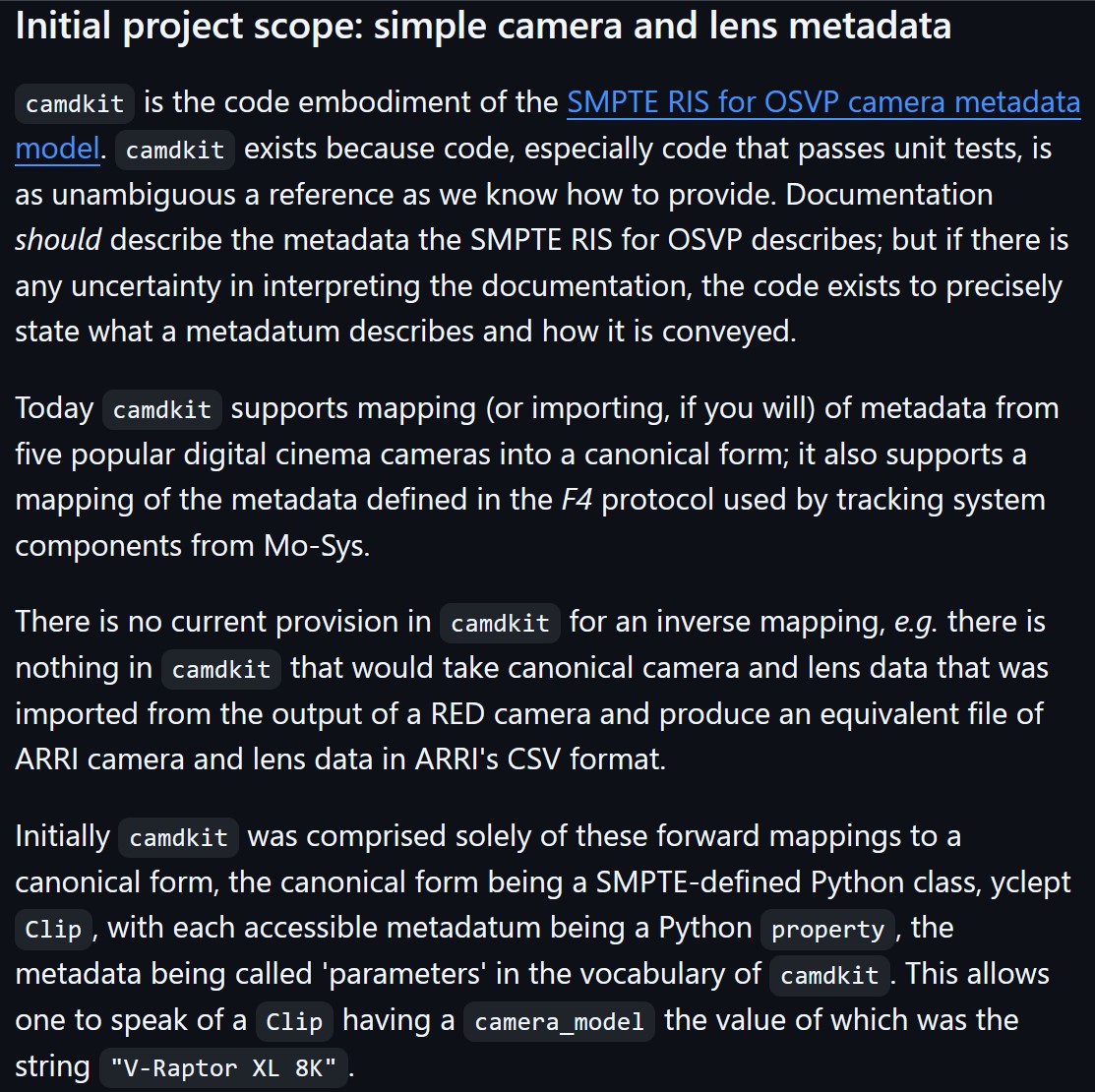
-
OpenTrackIO – free and open-source protocol designed to improve interoperability in Virtual Production
OpenTrackIO defines the schema of JSON samples that contain a wide range of metadata about the device, its transform(s), associated camera and lens. The full schema is given below and can be downloaded here.
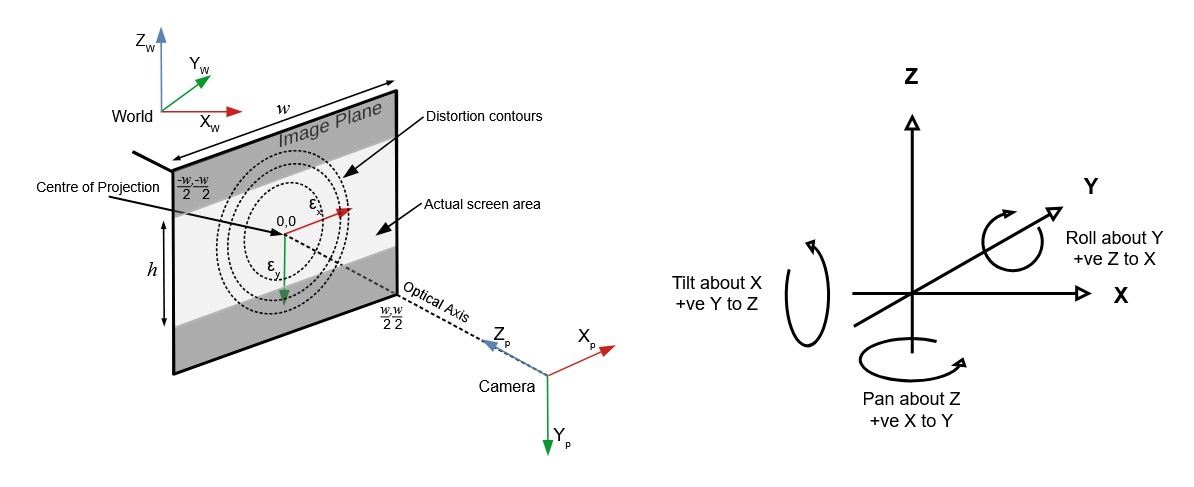
FEATURED POSTS
-
What Is The Resolution and view coverage Of The human Eye. And what distance is TV at best?
https://www.discovery.com/science/mexapixels-in-human-eye
About 576 megapixels for the entire field of view.
Consider a view in front of you that is 90 degrees by 90 degrees, like looking through an open window at a scene. The number of pixels would be:
90 degrees * 60 arc-minutes/degree * 1/0.3 * 90 * 60 * 1/0.3 = 324,000,000 pixels (324 megapixels).At any one moment, you actually do not perceive that many pixels, but your eye moves around the scene to see all the detail you want. But the human eye really sees a larger field of view, close to 180 degrees. Let’s be conservative and use 120 degrees for the field of view. Then we would see:
120 * 120 * 60 * 60 / (0.3 * 0.3) = 576 megapixels.
Or.
7 megapixels for the 2 degree focus arc… + 1 megapixel for the rest.
https://clarkvision.com/articles/eye-resolution.html
Details in the post
-
Tencent Hunyuan3D 2.1 goes Open Source and adds MV (Multi-view) and MV Mini
https://huggingface.co/tencent/Hunyuan3D-2mv
https://huggingface.co/tencent/Hunyuan3D-2mini
https://github.com/Tencent/Hunyuan3D-2
Tencent just made Hunyuan3D 2.1 open-source.
This is the first fully open-source, production-ready PBR 3D generative model with cinema-grade quality.
https://github.com/Tencent-Hunyuan/Hunyuan3D-2.1
What makes it special?
• Advanced PBR material synthesis brings realistic materials like leather, bronze, and more to life with stunning light interactions.
• Complete access to model weights, training/inference code, data pipelines.
• Optimized to run on accessible hardware.
• Built for real-world applications with professional-grade output quality.
They’re making it accessible to everyone:
• Complete open-source ecosystem with full documentation.
• Ready-to-use model weights and training infrastructure.
• Live demo available for instant testing.
• Comprehensive GitHub repository with implementation details.